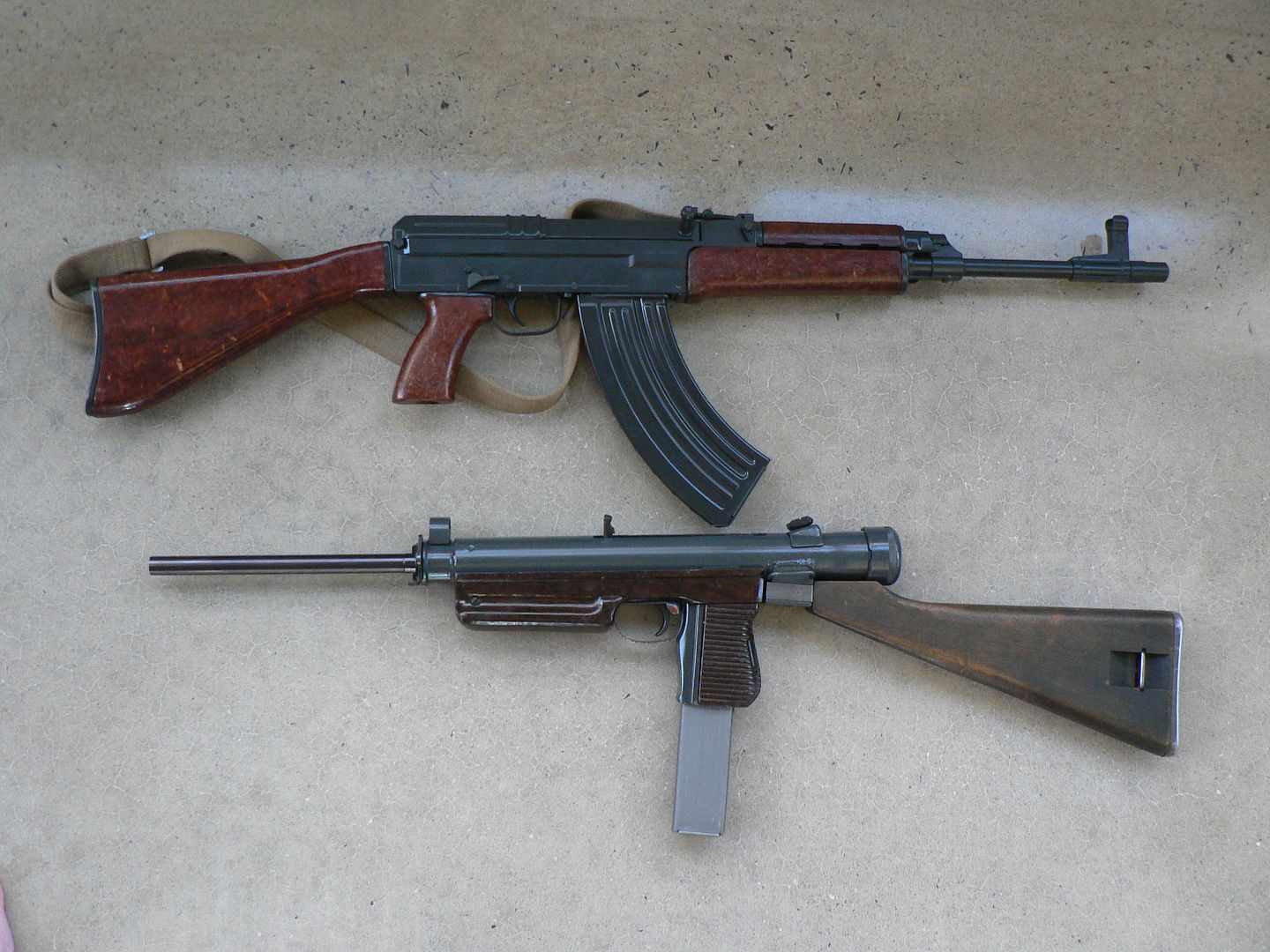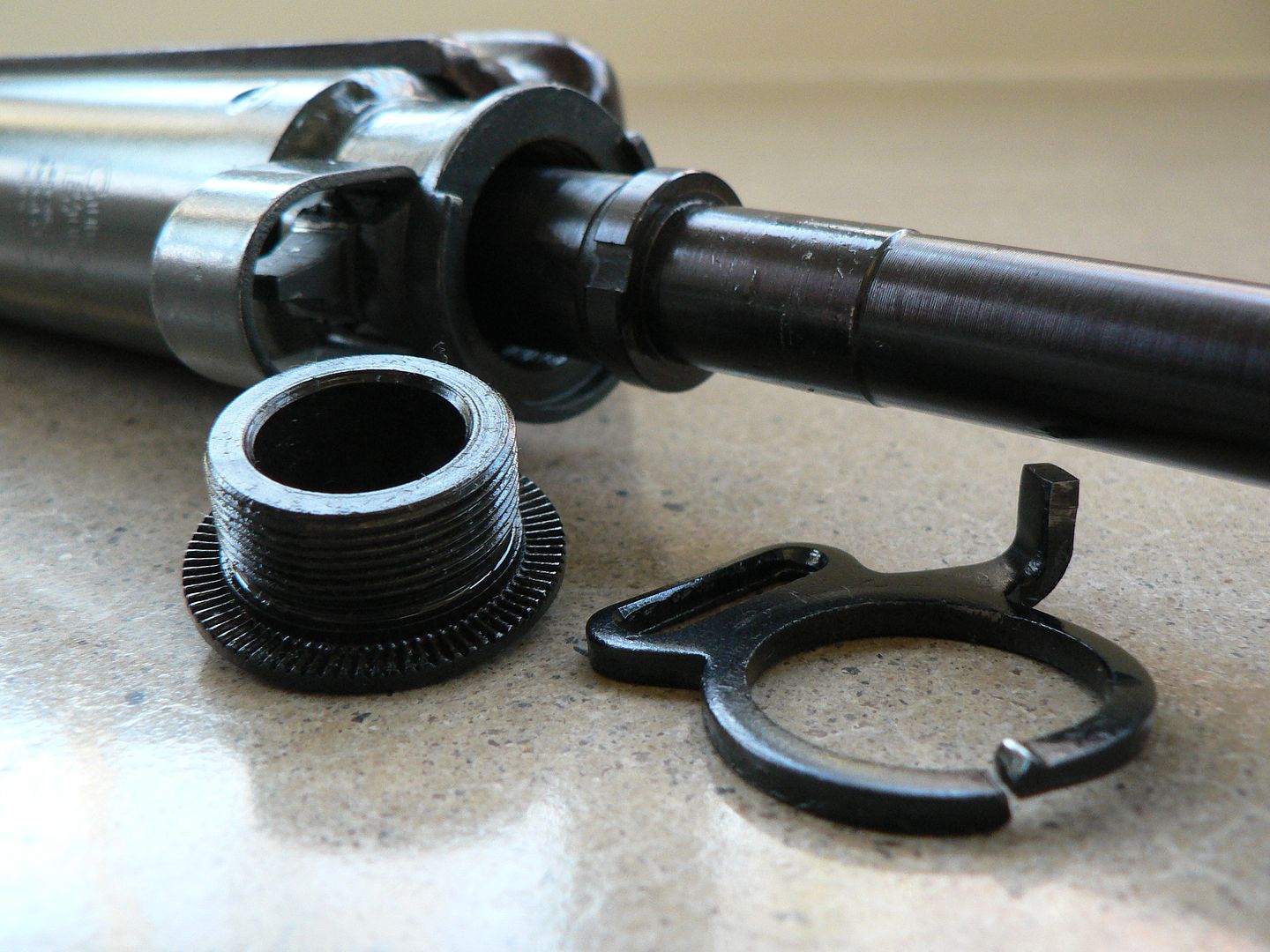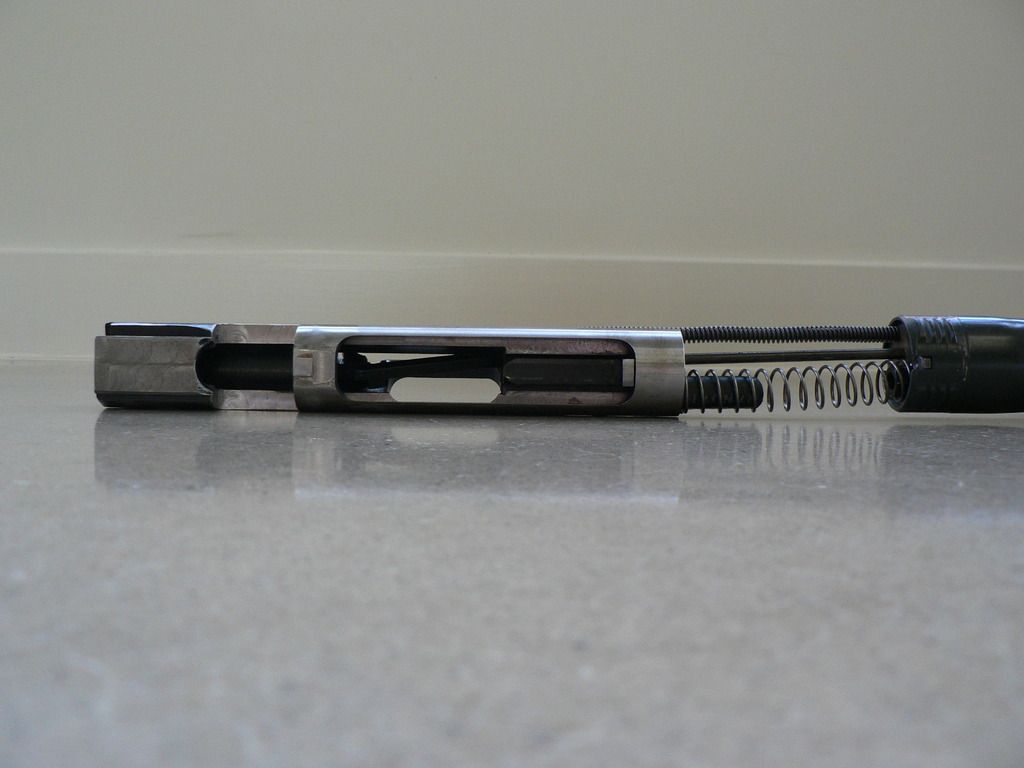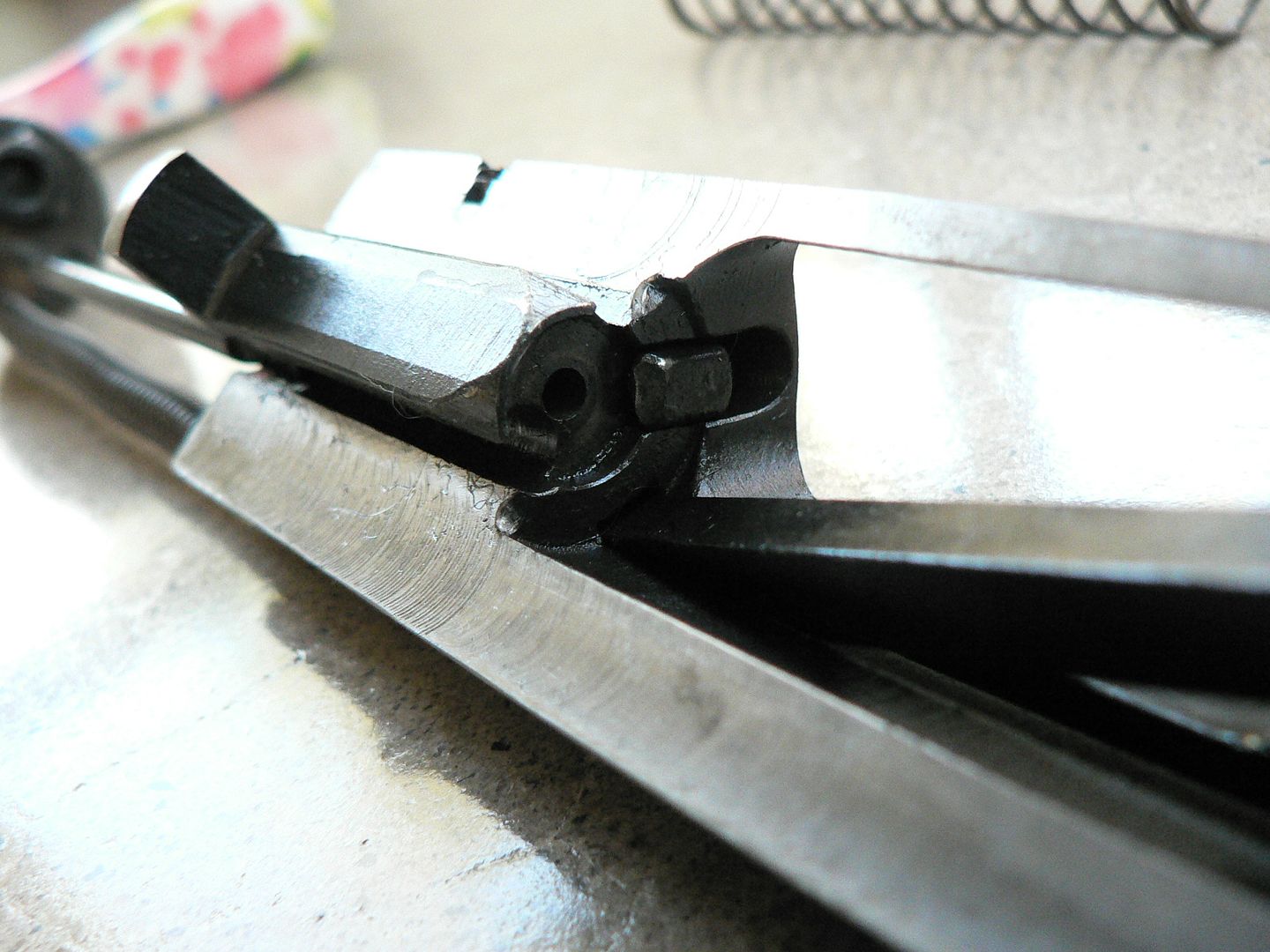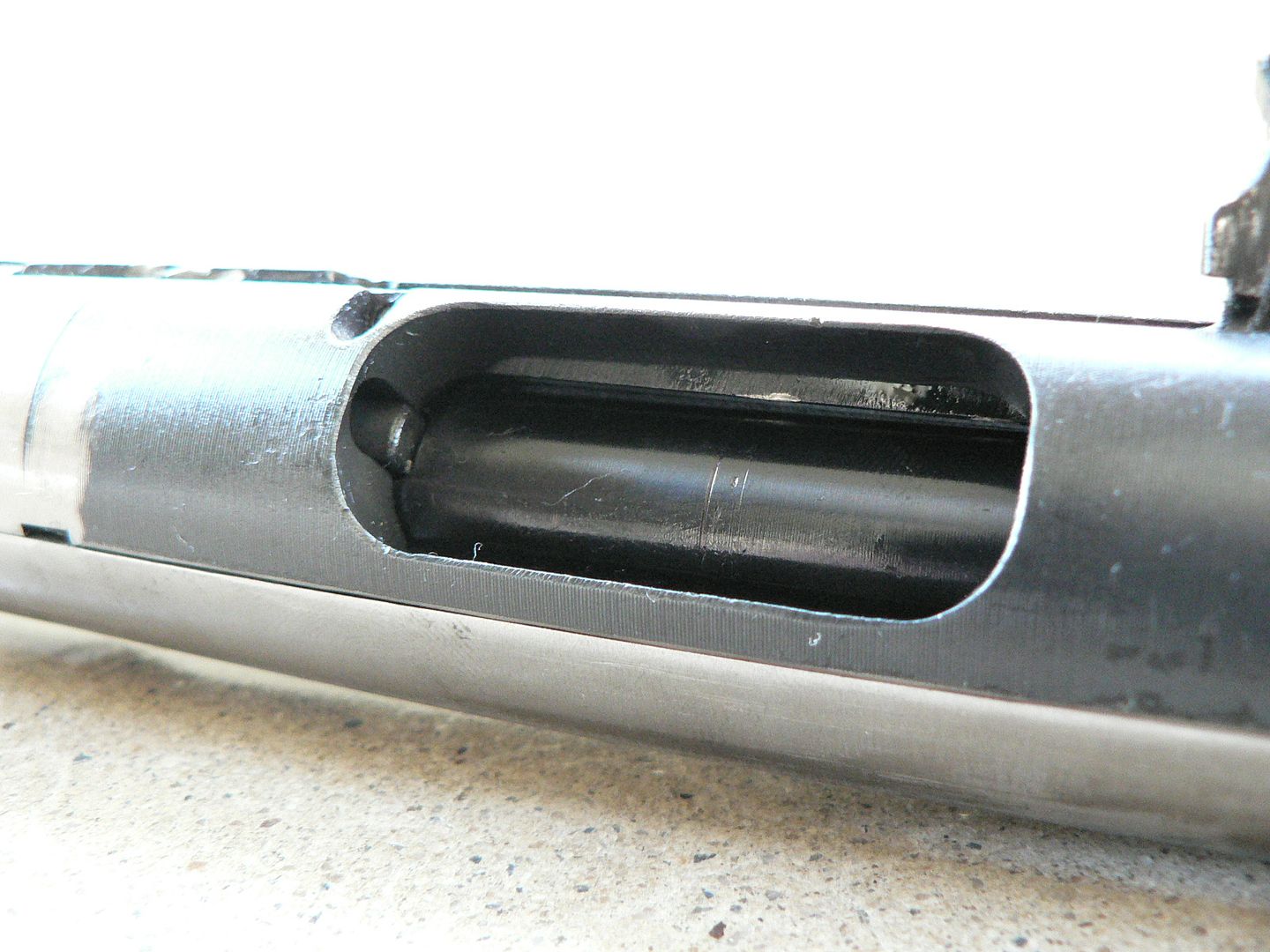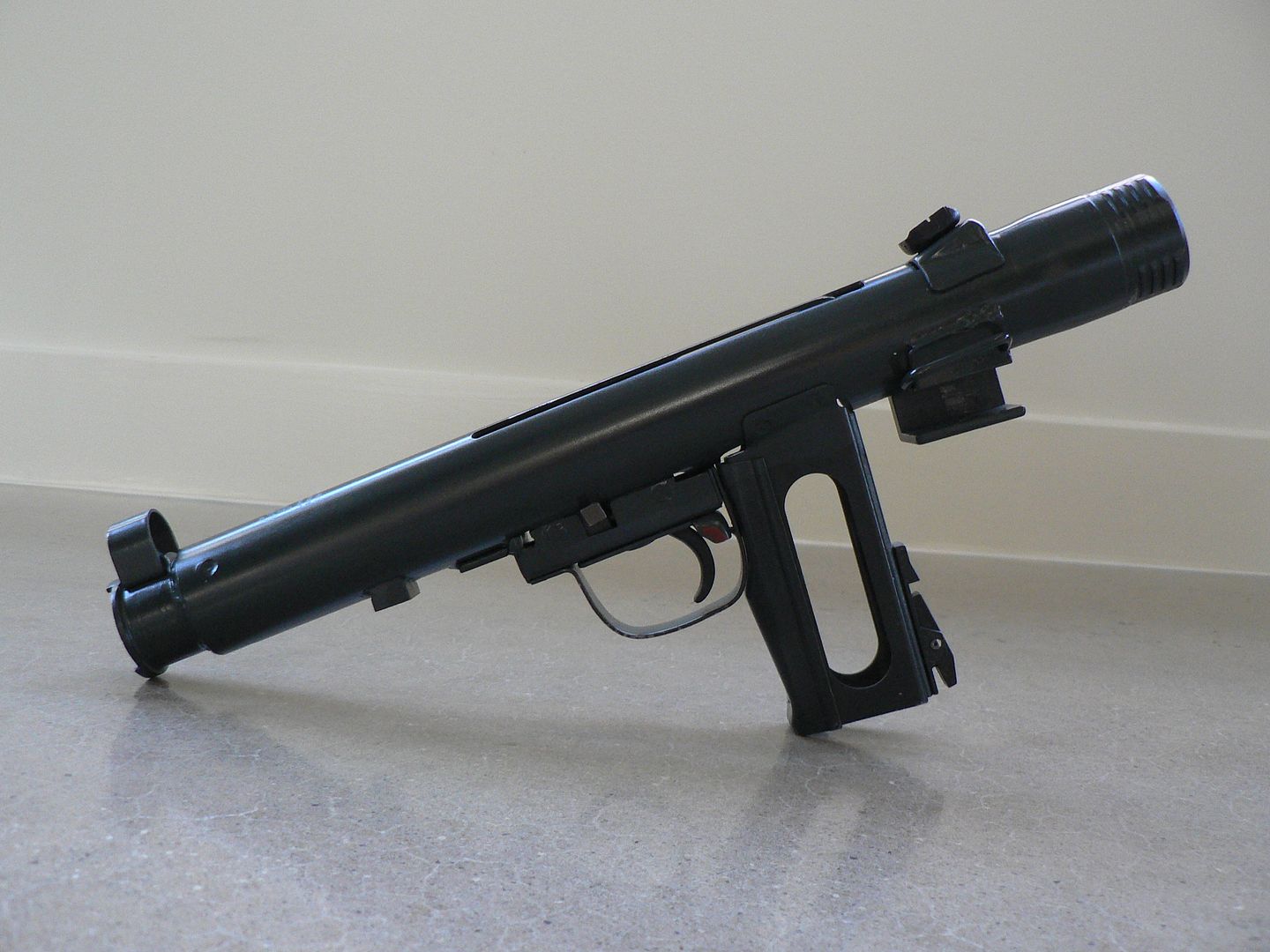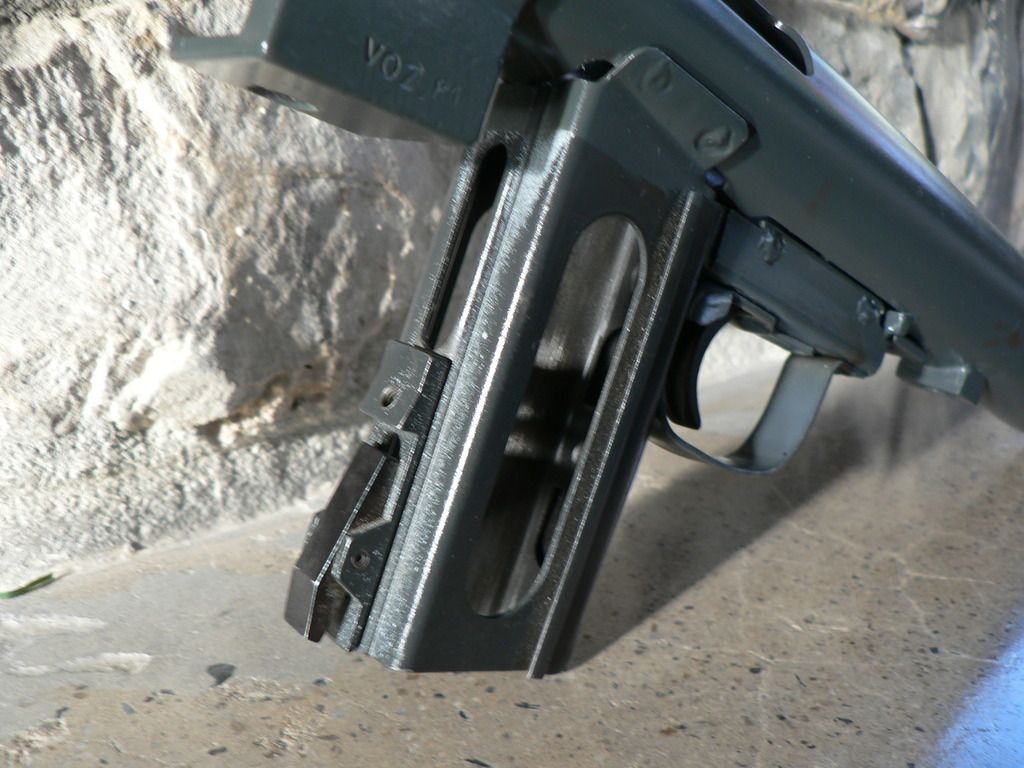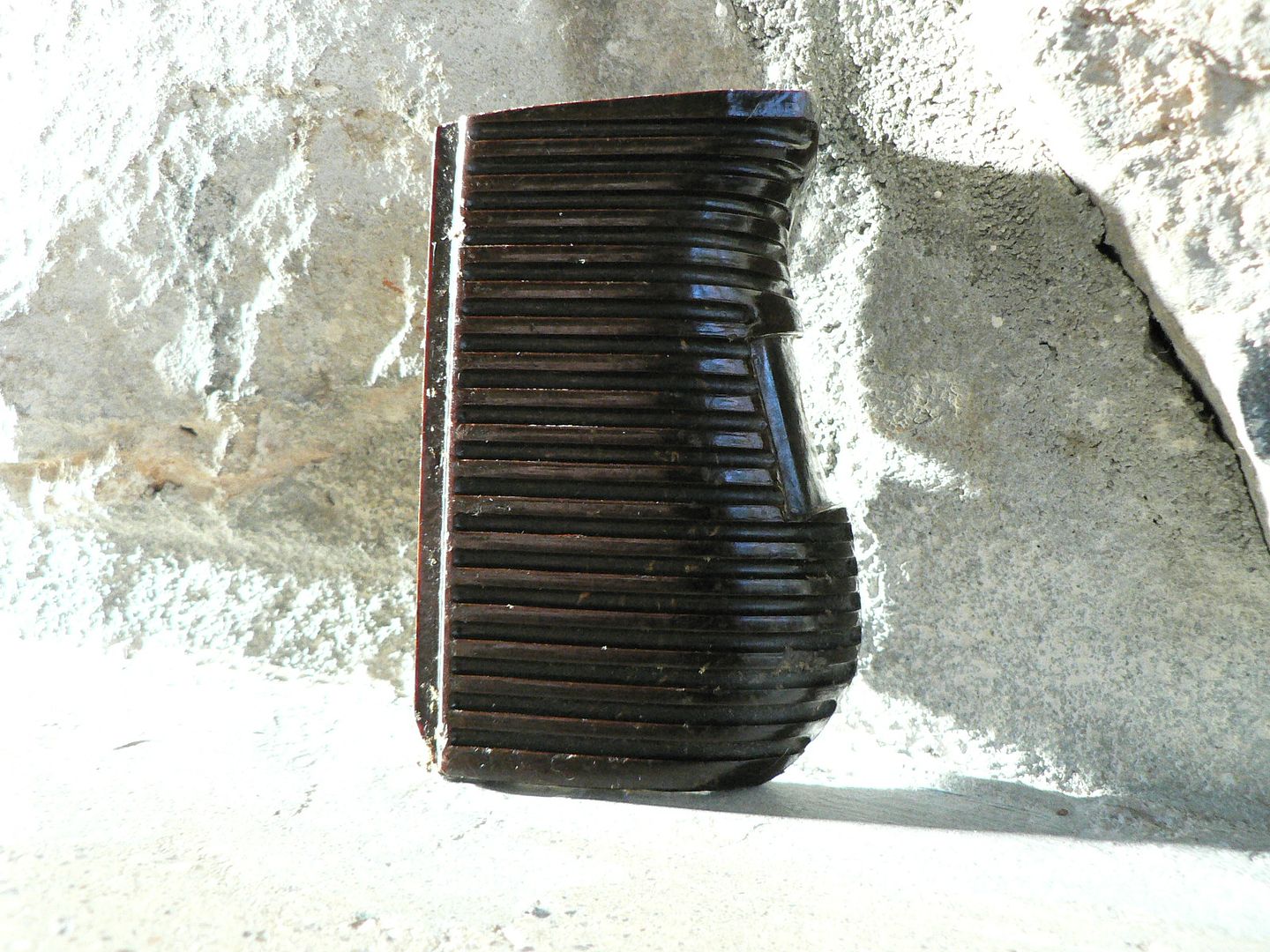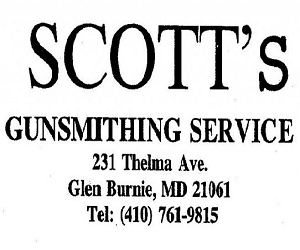Combloc
Stop Negassing me!!!!!
I just picked this up this evening. It's technically not C&R but that's the crowd it would appeal to I think. The pictures aren't the best but I'll take better and more detailed ones when I get better light. I'll also post a range report when I get it to the range. I've wanted one of these little SMG's for as long as I can remember. While it's only a semi auto built from a parts kit, it's still neato. Greg Clark down at GunBuilds in Alabama built it using a TEC Tactical receiver and Re-Mil 16 barrel. While I've only ever handled one factory built Sa 26, the build quality of this one compares favorably to what I remember of the "real" one. Other than reliability, I don't expect much from this little clunker. While the trigger is decent, there is a fair amount of mass that flies forward when you pull it despite the fact that it fires from a closed bolt. When I show pictures of it taken apart, you'll understand why. Other things going against this being a paper target carbine are the fact that the sights are possibly worse than a STEN and the overall ergonomics are pretty terrible. Removing the guts, barrel and furniture revels just how minimalistic these things were built. It's essentially just a few bits of sheet metal cut out, bent into shape and spot welded together. Still, it was quite innovative for the time and it was just as well built as anybody else's stamped SMG design. Cheap was the idea from the beginning! And that's part of the fun as I am absolutely fascinated by stamped firearms. You don't buy one of these for any other reason than to just have one; if you're looking for practicality, you're missing the point! Anywho, here's the old clunker. As I said, I'll do a little write-up on it when I get time and good light for better pictures.
Cast and stamped steel stock unfolded:

The wood stocked version was called the Sa 24. The folding and wood stock are interchangeable.
Stock folded to be used as a foregrip:

Right side showing the magazine loader built into the forearm:

Cast and stamped steel stock unfolded:

The wood stocked version was called the Sa 24. The folding and wood stock are interchangeable.
Stock folded to be used as a foregrip:

Right side showing the magazine loader built into the forearm:

Last edited:







